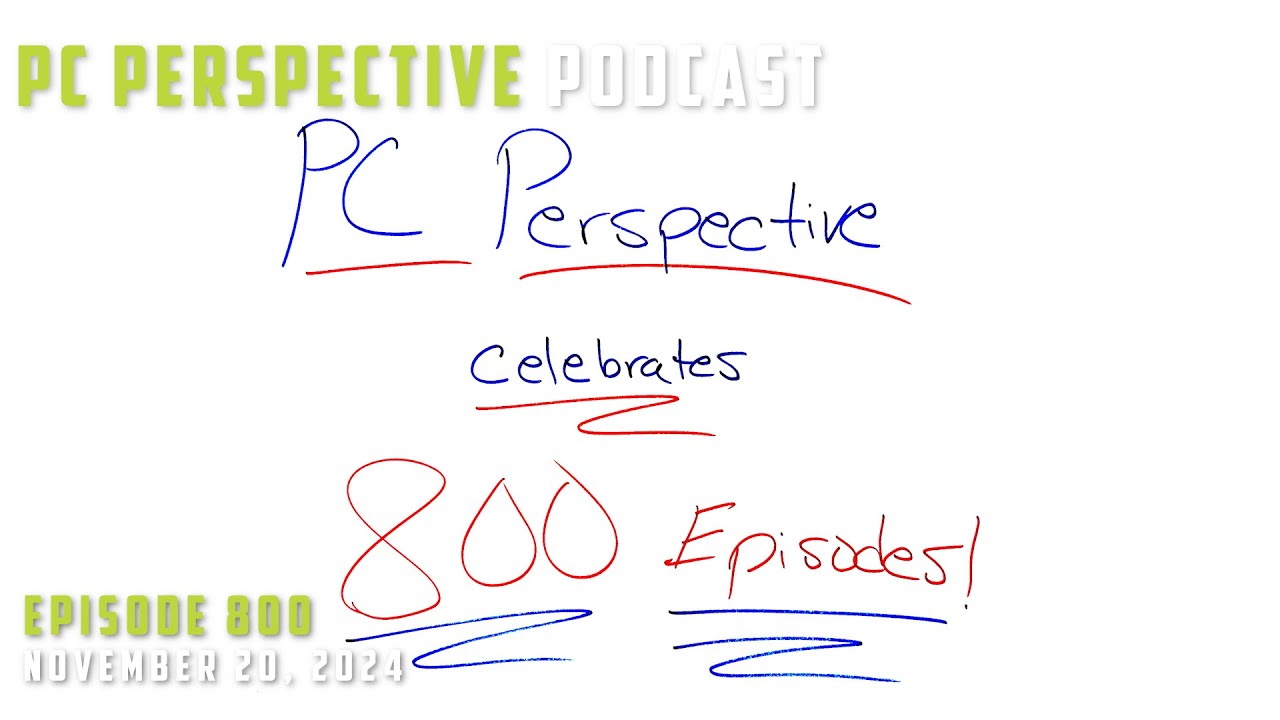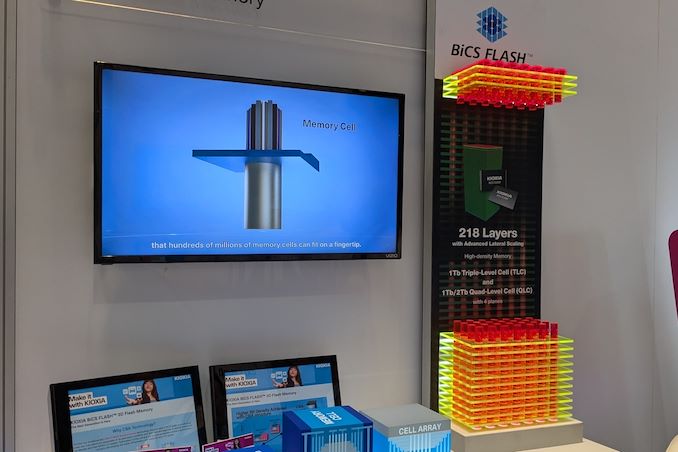The Focus is on Optimization and Market Share, not NVIDIA
Some interesting things have come out of an interview that Tom’s Hardware had with AMD’s Jack Huynh at IFA 2024, including the unification of AMD’s two architectures – the client RDNA and datacenter CDNA – into a new UDNA (U for universal) strategy, similar to NVIDIA’s CUDA approach. Sadly for Radeon fans, we also have more than rumors about AMD’s next generation of desktop gaming cards, as there is no current plan to compete with NVIDIA at the high end.
Jack Huynh, via Tom’s Hardware:
“So, part of a big change at AMD is today we have a CDNA architecture for our Instinct data center GPUs and RDNA for the consumer stuff. It’s forked. Going forward, we will call it UDNA. There’ll be one unified architecture, both Instinct and client. We’ll unify it so that it will be so much easier for developers versus today, where they have to choose and value is not improving.
We forked it because then you get the sub-optimizations and the micro-optimizations, but then it’s very difficult for these developers, especially as we’re growing our data center business, so now we need to unify it. That’s been a part of it. Because remember what I said earlier? I’m thinking about millions of developers; that’s where we want to get to. Step one is to get to the hundreds, thousands, tens of thousands, hundreds of thousands, and hopefully, one day, millions. That’s what I’m telling the team right now. It’s that scale we have to build now.”
When asked if this strategy means that future consumer graphics would share the same architecture as a product like the Instict MI300X, Huynh replied,
“It’s a cloud-to-client strategy. And I think it will allow us to be very efficient, too. So, instead of having two teams do it, you have one team. It’s not doing something that’s that crazy, right? We forked it because we wanted to micro-optimize in the near term, but now that we have scale, we have to unify back, and I believe it’s the right approach. There might be some little bumps.”
The “cloud-to-client strategy” sounds more like a virtualization than a hardware approach, but there was no indication that AMD intends to stop producing actual gaming GPUs after moving to UDNA, either.
Sadly for Radeon fans, in another post over at Tom’s Hardware, the portion of the interview in which consumer graphics were discussed made it clear that AMD is not going to target the flagship gaming GPU market in the near future. It makes sense when one considers that, while NVIDIA owns to the high end right now, that is a pretty small percentage of the overall graphics market.
Jack Huynh, via Tom’s Hardware, when asked if AMD would go after the consumer graphics flagship market again:
“One day, we may. But my priority right now is to build scale for AMD. Because without scale right now, I can’t get the developers. If I tell developers, ‘I’m just going for 10 percent of the market share,’ they just say, ‘Jack, I wish you well, but we have to go with NVIDIA.’ So, I have to show them a plan that says, ‘Hey, we can get to 40% market share with this strategy.’ Then they say, ‘I’m with you now, Jack. Now I’ll optimize on AMD.’ Once we get that, then we can go after the top.”
And that full interview is available at Tom’s by clicking here.



